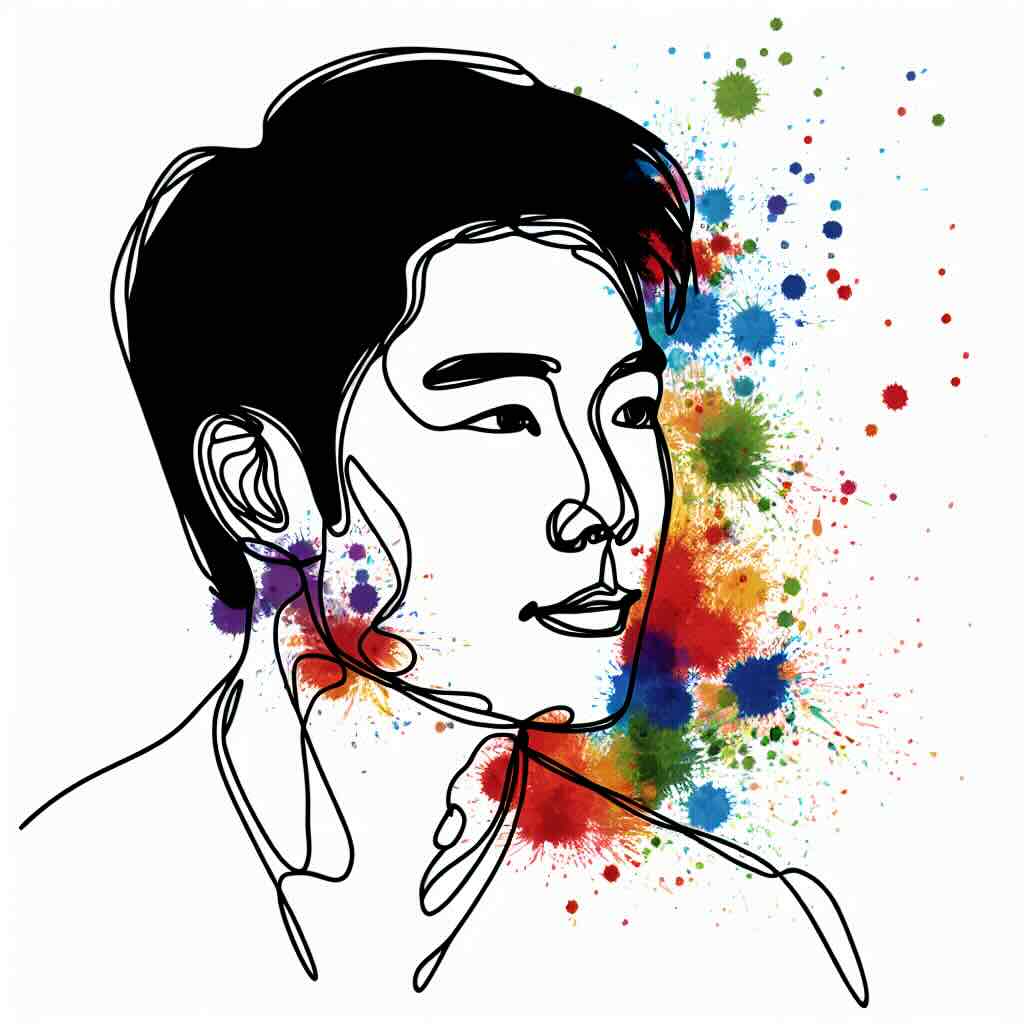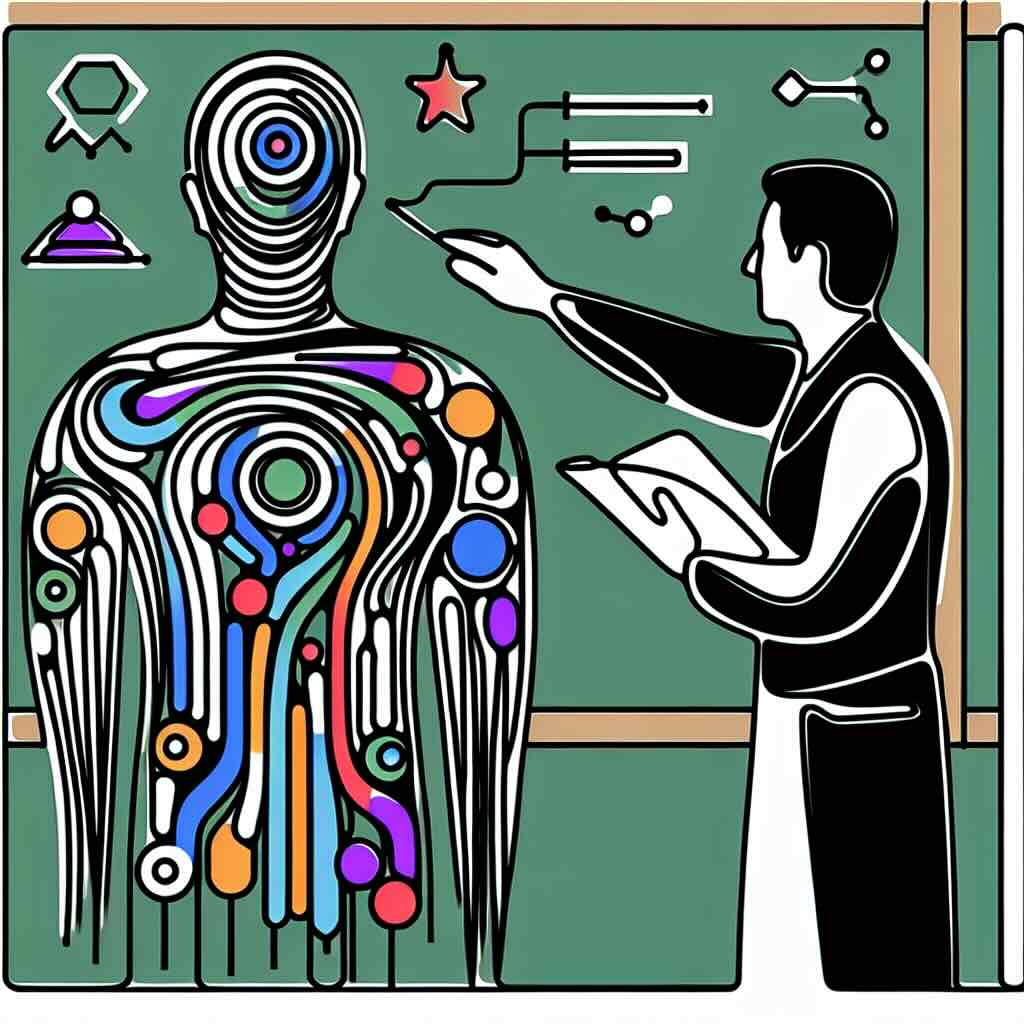Design Thinking is a powerful approach that fosters creative problem-solving by emphasising human-centric design and iterative processes. This mindset is indispensable for new entrants in instructional design, enabling them to create more engaging, effective learning experiences. Here, we outline the steps to cultivate a Design Thinking mindset, its benefits, potential risks, and a simple exercise to get started.
Table of Contents
1. Understanding Design Thinking
2. Emphasising Human-Centric Design
3. The Power of Iterative Processes
4. Collaboration and Multidisciplinary Approach
5. Building Empathy through User Research
6. Benefits
7. Risks
8. One Thing You Can Try Today
9. Conclusion
10. Try it Yourself
11. Related Topics
Understanding Design Thinking
Design Thinking is a solution-focused methodology that emphasises understanding users, redefining problems, and creating innovative solutions. Originating from the world of design, it has since permeated various industries, instructional design included. Adopting this mindset encourages a shift from conventional problem-solving to one that is iterative and empathetic. By first identifying and understanding the user's needs, instructional designers can develop more relevant and engaging learning experiences. The process usually involves five stages: Empathise, Define, Ideate, Prototype, and Test. Each stage ensures that the solutions generated are user-focused and feasible.
Emphasising Human-Centric Design
At the core of Design Thinking is Human-Centric Design. This principle revolves around deep understanding of the problems and realities of end-users, who in the context of instructional design, are learners. By focusing on learners' needs, experiences, and obstacles, designers can craft instructional solutions that resonate on a personal level. This involves conducting interviews, surveys, and direct interactions to garner insights. Ultimately, a human-centric approach ensures that the learning materials are not only informative but also intuitive and engaging.
The Power of Iterative Processes
One of the defining aspects of Design Thinking is its iterative nature. Unlike traditional linear problem-solving methods, Design Thinking encourages continuous refinement and improvement. Prototypes and feedback loops play a crucial role here. Instructional designers can create low-fidelity prototypes of a learning module, gather feedback from actual learners or stakeholders, and iteratively refine the designs. This cyclical process helps in uncovering unforeseen challenges and opportunities, thus leading to more polished and effective learning solutions.
Collaboration and Multidisciplinary Approach
Design Thinking thrives on collaboration and the inclusion of diverse perspectives. Instructional designers can benefit significantly from engaging with colleagues from different disciplines such as graphic design, psychology, and technology. This multidisciplinary approach contributes to more holistic and innovative solutions, as it encompasses varied viewpoints and expertise. Workshops, brainstorming sessions, and cross-functional teams are effective ways to foster this collaborative spirit. The result is often a richer and more comprehensive learning experience for users.
Building Empathy through User Research
Empathy is the bedrock of Design Thinking. It necessitates stepping into the users' shoes to truly understand their context, emotions, and struggles. Engaging in user research activities such as shadowing and observation can provide valuable insights. For instructional designers, this means understanding not just the cognitive but also the emotional journey of the learner. Empathy-driven research helps in identifying pain points that might not be evident through traditional assessment methods. This makes the instructional material more resonant and effective.
Benefits
- Enhanced User Engagement: Human-centric design ensures that learning materials are more relatable and engaging.
- Innovative Solutions: The iterative process encourages constant refinement, leading to more inventive and effective outputs.
- Inclusive Design: Collaboration with multidisciplinary teams results in more diverse and comprehensive learning solutions.
- Greater Flexibility: Iterative processes allow for adjustments based on real-time feedback, enabling quick pivots when necessary.
- Empathetic Understanding: Building empathy with users improves the relevance and impact of instructional materials.
Risks
- Time-Consuming: Iterative processes can be longer, requiring more time to test and refine prototypes.
- Resource Intensive: User research and multidisciplinary collaboration demand significant resources.
- Uncertainty: The non-linear nature can lead to unpredictability in timelines and outcomes.
- Over complication: Excessive iterations might complicate rather than simplify the problem.
- Resistance to Change: Team members accustomed to traditional methods might resist adopting Design Thinking processes.
One thing you can try today
Engage in an "Empathy Mapping" exercise.
Quick steps:
1. Select a learning challenge you are working on.
2. Create an Empathy Map with four quadrants: Says, Thinks, Does, Feels.
3. Populate the map with insights based on user interviews or observations.
Conclusion
Adopting a Design Thinking mindset is a transformative step for instructional designers. It enriches the creative problem-solving process, leading to more impactful and user-centric learning experiences. While there are challenges associated with this approach, the benefits far outweigh the risks, making it a valuable methodology to incorporate.
Try it Yourself
1. Start Learning: Read more about the basic principles of Design Thinking.
2. Practice: Apply the empathy mapping exercise to a current project.
3. Engage: Join a workshop or course to deepen your understanding of the Design Thinking process.
Related Topics
- Agile Learning Design
- User Experience (UX) in Education
- Prototyping and Testing in Instructional Design
- Collaborative Learning Design Techniques
- Lean Methodology in Learning Design







